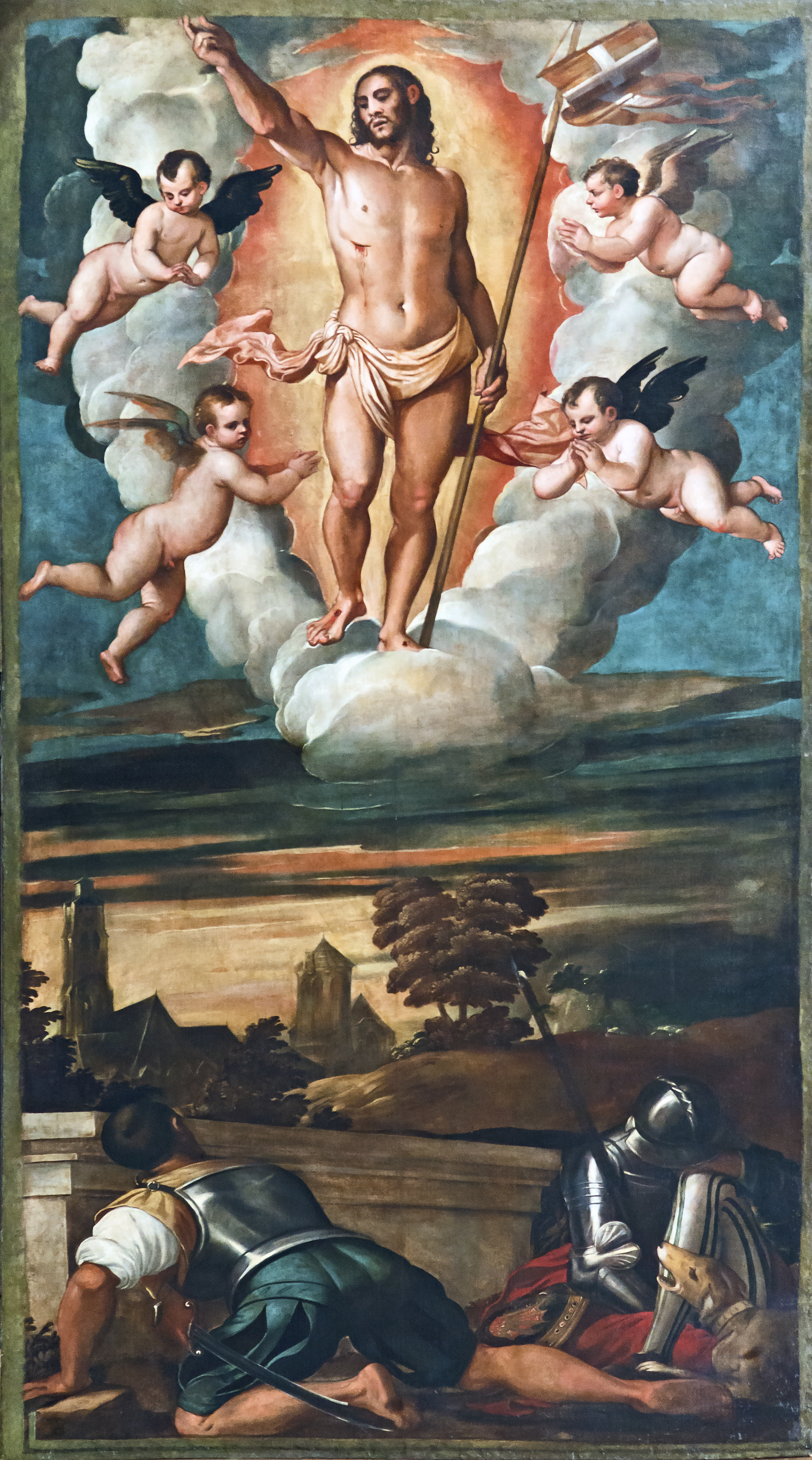|
Vecellio
Vecellio is an Italian surname, and may refer to: * Cesare Vecellio (c. 1530–1601), Italian painter * Francesco Vecellio (c. 1485–1560), Italian painter * Marco Vecellio (1545-1611), Italian painter * Orazio Vecellio (c. 1528–1576), Italian painter * Tiziano Vecellio (c. 1485–1576), Italian painter {{surname ... [...More Info...] [...Related Items...] OR: [Wikipedia] [Google] [Baidu] |
Francesco Vecellio
Francesco Vecellio (about 1475 – 1560) was a Venetian painter of the Italian Renaissance. He was the elder brother and close collaborator of the painter Tiziano Vecellio ("Titian"). Vecellio was born in Pieve di Cadore, in the Republic of Venice, in either 1475 or 1483; he was the elder brother and close collaborator of the painter Tiziano Vecellio ("Titian"). He was a soldier, and fought in battles at Vienna and at Verona. He then worked as a painter; in 1530 he painted the shutters of the organ of the church of San Salvador in Venice. From about 1534 he worked as a wood-engraver. He painted an ''Annunciation'' for San Nicola di Bari, now in the Gallerie dell'Accademia, along with ''Madonna and Child with Saint Jerome and Saint Dorothy ''Madonna and Child with Saint Jerome and Saint Dorothy'' is a 1516 oil on canvas painting, now in the Kelvingrove Art Gallery and Museum in Glasgow, which purchased it from the McLellan collection in 1856. The Madonna's pose is based on t ... [...More Info...] [...Related Items...] OR: [Wikipedia] [Google] [Baidu] |
Cesare Vecellio
Cesare Vecellio (c. 1521 – c. 1601) was an Italian engraver and painter of the Renaissance, active in Venice. He was the cousin of the painter Titian. Like Titian, he was born in Cadore in the Veneto. He accompanied Titian to Augsburg in 1548, and seems to have worked as his assistant. Many of Cesare's pictures were ascribed, perhaps knowingly, to Titian. In the Milan Pinacoteca there is a small ''Trinity'' by Cesare. He died in Venice. The crude woodcuts for book assembling contemporary fashion from across the world, ''De gli Habiti Antichi e Modérni di Diversi Parti di Mondo'' published in Venice in 1590 by Cesare as if they were his works, may in fact belong to Christopher Krieger from Nuremberg. They depict the garb, sometimes fanciful and imagined, of individuals, men and women, from Tsars to Tribeswomen from the Arabian Desert to Muscovite nobles to Arabian nobles to Inca nobles. [...More Info...] [...Related Items...] OR: [Wikipedia] [Google] [Baidu] |
Marco Vecellio
ceiling San Zanipolo Marco Vecellio (1545–1611) was an Italian painter of the Renaissance period. He was also called Marco di Tiziano, since he was Titian's nephew. He was born and active mainly in Venice. He accompanied his distinguished uncle in the journeys to Rome and Germany. He was the favorite pupil of Titian, and approached nearer to his style than any other member of the family. There are several pictures by him in the Doge's palace The Doge's Palace ( it, Palazzo Ducale; vec, Pałaso Dogal) is a palace built in Venetian Gothic style, and one of the main landmarks of the city of Venice in northern Italy. The palace was the residence of the Doge of Venice, the supreme auth ..., among the best an allegory in the ante-chamber to the Sala del Gran Consiglio. Another good example is a picture in the Sala della Bussola, ''Doge Leonardo Donato before the Virgin and Infant Christ''. He also painted for churches at Venice, Treviso, and in the Friuli, among other thi ... [...More Info...] [...Related Items...] OR: [Wikipedia] [Google] [Baidu] |
Orazio Vecellio
Orazio Vecellio (c. 1528–1576) was an Italian painter of the Renaissance period, born in Venice around 1528. The son and pupil of Titian, he distinguished himself as a painter of portraits, some of which were thought little inferior to those of his father. He occasionally painted historical subjects; one of the most important was destroyed in the conflagration in the ducal palace at Venice. He neglected painting to devote himself to alchemy. He died of the plague in Venice Venice ( ; it, Venezia ; vec, Venesia or ) is a city in northeastern Italy and the capital of the Veneto Regions of Italy, region. It is built on a group of 118 small islands that are separated by canals and linked by over 400 ..., in 1576, the same year as his father. References * 1520s births 1576 deaths 16th-century Italian painters Italian male painters Painters from Venice Italian Renaissance painters 16th-century deaths from plague (disease) {{Italy-painter-16thC-st ... [...More Info...] [...Related Items...] OR: [Wikipedia] [Google] [Baidu] |


